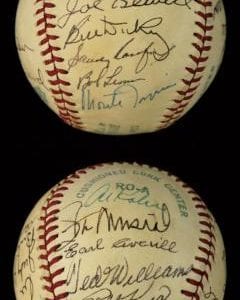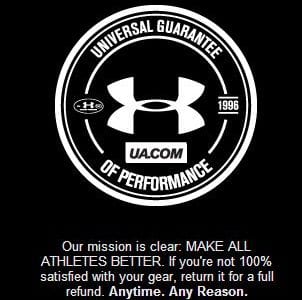
by Justin Pipes – February 2014
Bill Glenn is President of The Breakout Group, a boutique consulting firm that creates sales and marketing strategies to challenge norms and produce breakout results for brands and sports/entertainment organizations. His thinking is built on a foundation of deep sales and marketing expertise and both an agency and client-side perspective as it relates to integrated marketing programs in sports and entertainment, including big data and program analytics. Glenn has a both a Bachelor’s in Journalism and MBA in Marketing from the University of Missouri.
Build a Skill Set Foundation: Start with Sales
Glenn’s career started as a Marketing Associate with GTE (now Verizon) where he had three, six-month assignments in direct marketing, product management and sales. Although he doubted sales would ever be something he enjoyed, the brief experience felt like such a great fit he remained in B2B “consultative” sales and sales management for the next ten years.
Over this time, Bill learned the critical importance of blending strong customer relationships with a keen understanding of the assets you’re selling:
Great relationships uncover business needs while asset knowledge delivers the best client solution.
Understanding this dynamic is the key to any successful business strategy. Through this experience, he was able to learn how sales and marketing are co-dependent functions in delivering client success. Additionally, Bill says, “Sales taught me the importance of having a broad knowledge base and understanding how all the parts of an organization work together to enable revenue.”
Build the Bridge: Understand How Sales and Marketing Work Together

After 10 years in sales, Glenn wanted to extend his skill set to brand marketing and marketing communications. He took over trade show marketing and strategy at GTE and was able to learn how messaging and technology at an event can deliver product value in a different context and what value this communication channel offers a field sales organization.
Bill quickly transitioned to leading GTE’s sports marketing and sponsorship group, where he leveraged his prior roles to understand how to leverage partnership assets in unique ways to produce value for both consumer and B2B target segments. His sales experience offered credibility and improved his productivity when interfacing with business and consumer-related field sales teams.
Balancing the objectives of multiple organizations in this sponsorship role yielded a solid understanding of the company’s overall brand strategy and also improved the effectiveness of sponsorship investment. With this knowledge he was able to determine the best values in a sponsorship package.
Focus on Results: Learn About (and Learn to Like) Data
Having a strong understanding of sales and brand marketing, Glenn decided to extend his skill set (adding research/analytics) and perspective (agency side) in joining The Marketing Arm where he launched the agency’s first Insights and Analytics practice. In this role, he learned how to leverage primary and secondary research and measure program performance using statistical models to help clients understand the impact of marketing strategy and programs. It was a tremendous experience in learning how to find meaningful data points to both support and direct marketing and sales strategy.
Build Value: An Extended Skill Set Yields New Perspectives and Experience

Today, Bill is putting all these skills to use in consulting with brands and sports/entertainment organizations in creating integrated programs and building sales and marketing strategies that make a difference.
Merrill Dubrow, President and CEO of M/A/R/C Research, says, “Bill has a very diverse background having been on both the client and agency side. Very few people have the ability to offer clients sales and marketing expertise, including analytics, as well as an agency/vendor perspective.” Dubrow went on to say, “When dealing with clients, having been one of them, he is able to quickly gather keen insights thanks to this varied experience and perspective.” Dubrow’s comments reinforce how well Glenn knows sales and marketing and how extending your skill set over a career can pay dividends both personally and professionally.
Have Desire: To Learn

As an Adjunct Professor of Marketing, Glenn mentors many students and young professionals. He says, “I just try to get students to think differently. The first 5-10 years of a career should be spent getting a broad base of perspectives and by extending your skill set through experience.”
Glenn says he hears many say they “want to work in sports” but that desire depends heavily on understanding sales and marketing. He continued, “It is much easier for me to teach someone the sports business than it is to teach marketing and sales skills. The latter, for the most part, is developed through experience.”
Glenn also coaches students to concentrate less on who they’re working for and more on the role their current job will play over the course of their career. In other words, what’s your dream and what perspectives and experience will enable you to reach that destination?








